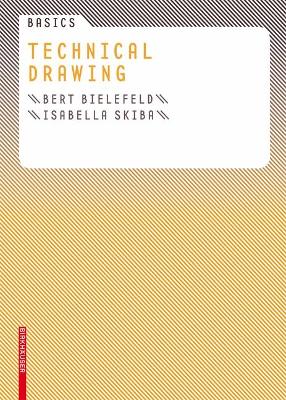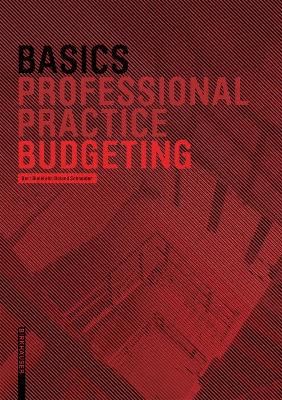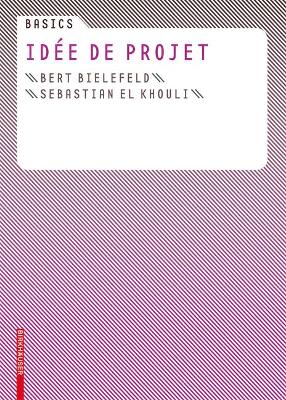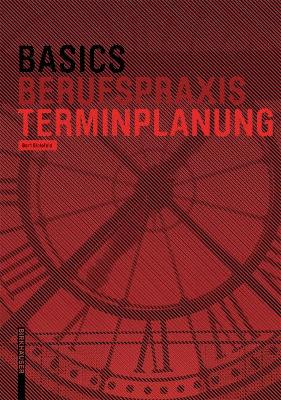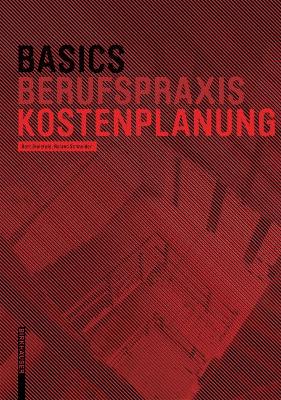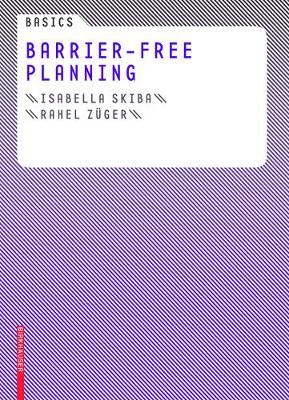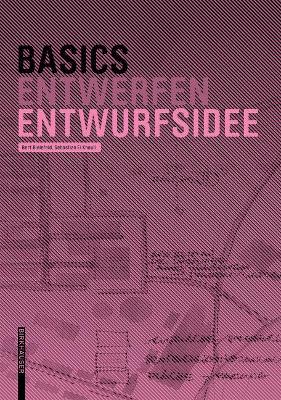Basics
8 total works
Themes:
Types of plan (from site plan and preliminary drawings to design and detail plans)
Components of the plan (floor plan, section, elevation, detail)
Line width, dimensioning, hatching, use of text, symbols
Plan presentation and compilation
Successful project management of construction projects is largely dependant on the confident handling of construction costs and schedules. For contractors, the ability to reliably plan costs is an essential quality feature of a good architect, and hence one of the most important basics of project preparation. Cost estimation is also vital in preparing project budgets, and it particularly requires an efficient methodology that can immediately reveal possible planning-related cost overruns. Central key concepts such as cost variables or life-cycle costs, costing methods, and cost control methods form an essential repertoire for all practicing architects.
Basics Budgeting explains cost planning processes during the planning and construction phase step-by-step and on a practical level, and describes in a clear and structured manner how to estimate and evaluate cost impacts and risks. Supported by practical tips, examples, and illustrations, the inexperienced planner learns the tools of the trade in order to enter the field of budget management informed and in step with actual practice
Subjects: Creativity in the design process; Sources of inspiration and design approaches; Working with place; Working with form; Working with function.
Topics:
Organizing the planning and construction process
The basics of scheduling
Goal-oriented presentation formats and levels of detail
Developing a schedule
Using schedules in the real world
BasicsBudgeting explains cost planning processes during the planning and construction phase step-by-step and on a practical level, and describes in a clear and structured manner how to estimate and evaluate cost impacts and risks. Supported by practical tips, examples, and illustrations, the inexperienced planner learns the tools of the trade in order to enter the field of budget management informed and in step with actual practice.
Subjects: Creativity in the design process; Sources of inspiration and design approaches; Working with place; Working with form; Working with function.
Subjects: Creativity in the design process; Sources of inspiration and design approaches; Working with place; Working with form; Working with function.
